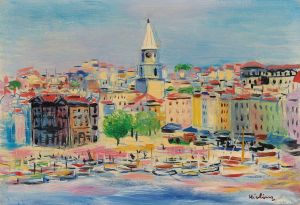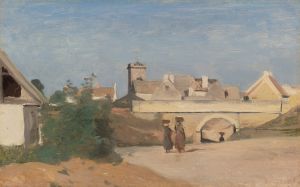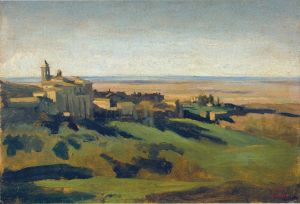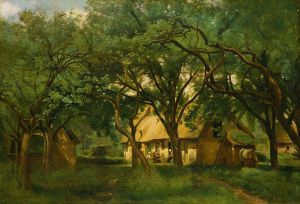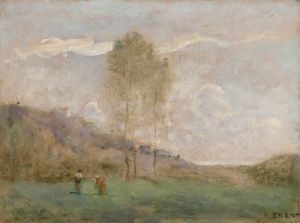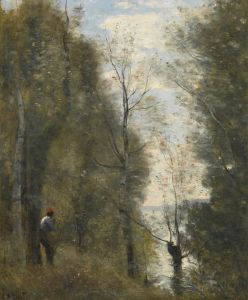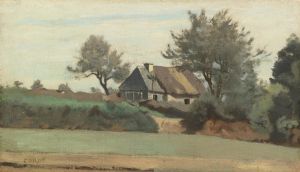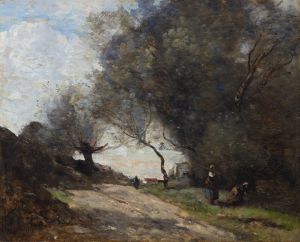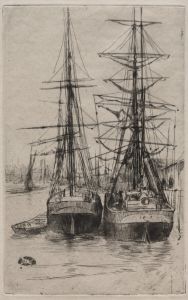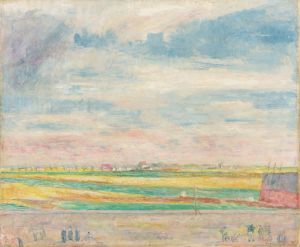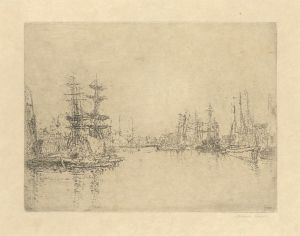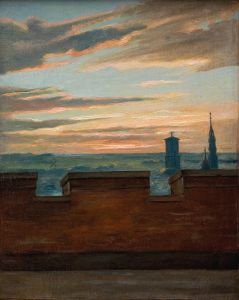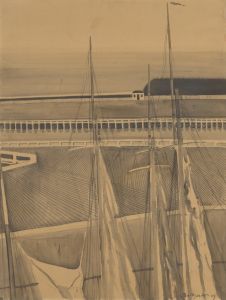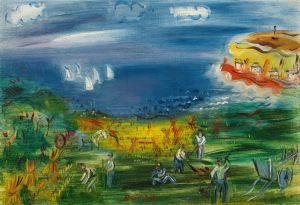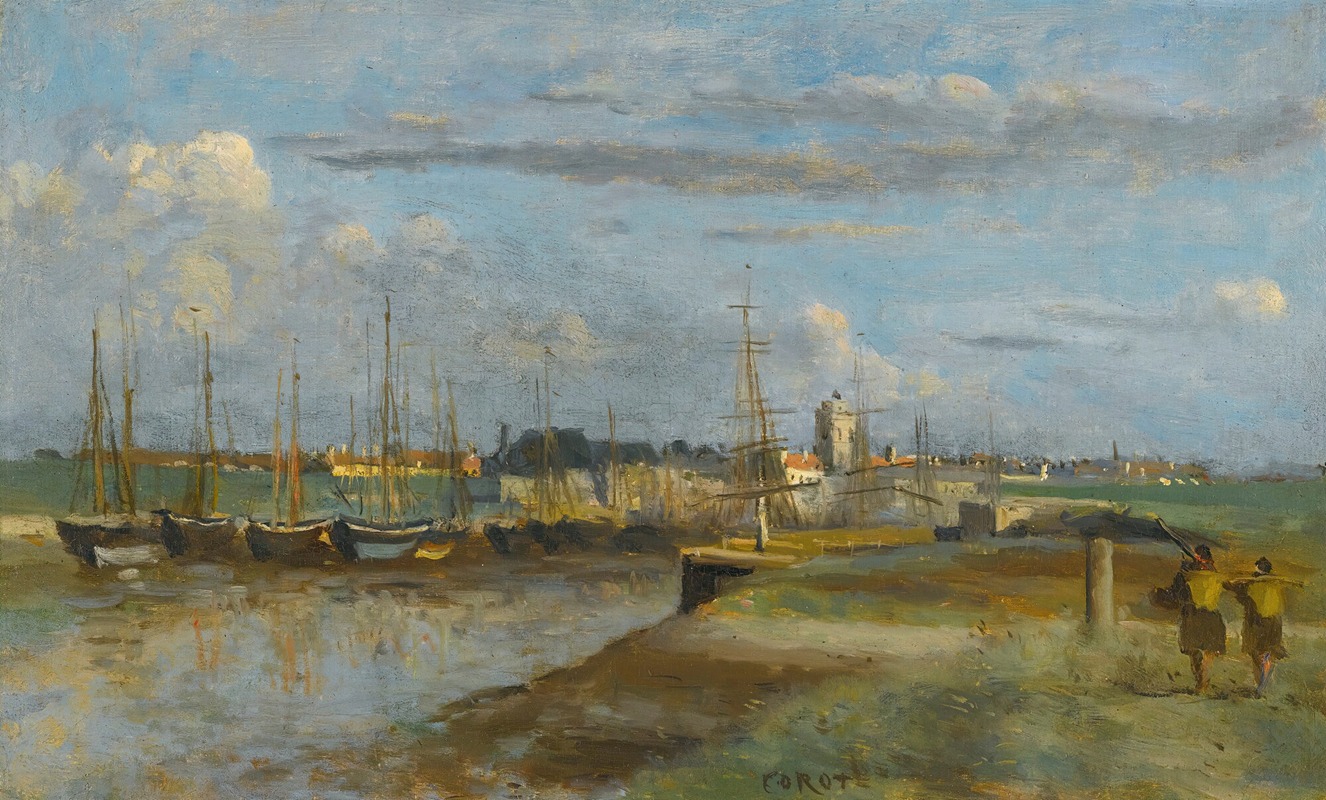
Dunkerque; L’arrière-Port
A hand-painted replica of Jean-Baptiste-Camille Corot’s masterpiece Dunkerque; L’arrière-Port, meticulously crafted by professional artists to capture the true essence of the original. Each piece is created with museum-quality canvas and rare mineral pigments, carefully painted by experienced artists with delicate brushstrokes and rich, layered colors to perfectly recreate the texture of the original artwork. Unlike machine-printed reproductions, this hand-painted version brings the painting to life, infused with the artist’s emotions and skill in every stroke. Whether for personal collection or home decoration, it instantly elevates the artistic atmosphere of any space.
Jean-Baptiste-Camille Corot was a pivotal figure in landscape painting, bridging the Neoclassical tradition and the plein-air innovations that would later influence the Impressionists. One of his works, "Dunkerque; L’arrière-Port," exemplifies his ability to capture the subtle interplay of light and atmosphere, which became a hallmark of his style.
"Dunkerque; L’arrière-Port" is a painting that depicts the rear port area of Dunkirk, a city in northern France known for its maritime significance. Corot's choice of Dunkirk as a subject reflects his interest in capturing the essence of specific locales, often focusing on their natural and architectural elements. This painting is part of Corot's broader body of work that frequently explored the landscapes and urban scenes of France and Italy.
Corot's technique in "Dunkerque; L’arrière-Port" is characterized by his use of soft, muted colors and delicate brushwork, which together create a tranquil and atmospheric scene. The composition likely features the port's waterway, with boats and possibly industrial structures, though the exact details of the painting's composition are not widely documented. Corot's ability to convey the mood of a place through his nuanced handling of light and shadow is evident in this work, as in many of his other landscapes.
The painting is a testament to Corot's skill in plein-air painting, a method that involves painting outdoors to directly capture the effects of light and atmosphere. This approach was relatively innovative at the time and laid the groundwork for the Impressionist movement, which would emerge in the latter half of the 19th century. Corot's influence on artists such as Claude Monet and Camille Pissarro underscores the significance of his contributions to the evolution of modern art.
Corot's works, including "Dunkerque; L’arrière-Port," are celebrated for their poetic quality and their ability to evoke a sense of place. His landscapes are not merely topographical records but are imbued with a sense of serenity and timelessness. This quality has ensured that Corot's paintings remain highly regarded and continue to be studied and appreciated by art historians and enthusiasts alike.
While specific details about the provenance and current location of "Dunkerque; L’arrière-Port" are not extensively documented in public records, Corot's works are held in numerous prestigious collections worldwide, including the Louvre in Paris and the Metropolitan Museum of Art in New York. His paintings are often featured in exhibitions that explore the development of landscape painting and the transition from traditional to modern art forms.
In summary, "Dunkerque; L’arrière-Port" by Jean-Baptiste-Camille Corot is an exemplary work that highlights the artist's mastery of landscape painting and his role in the evolution of 19th-century art. Through his innovative techniques and sensitive portrayal of natural and urban environments, Corot has left an indelible mark on the history of art.





